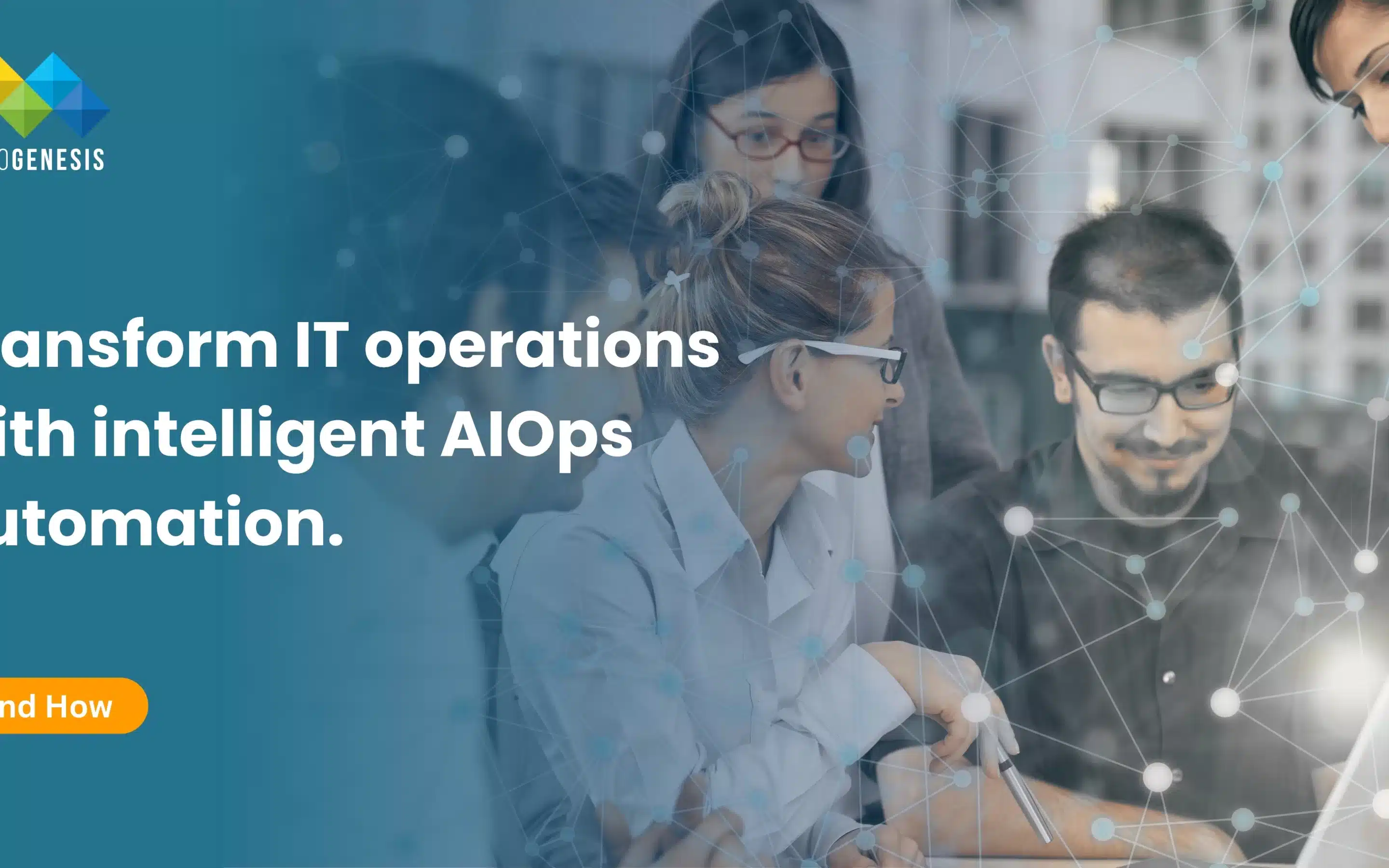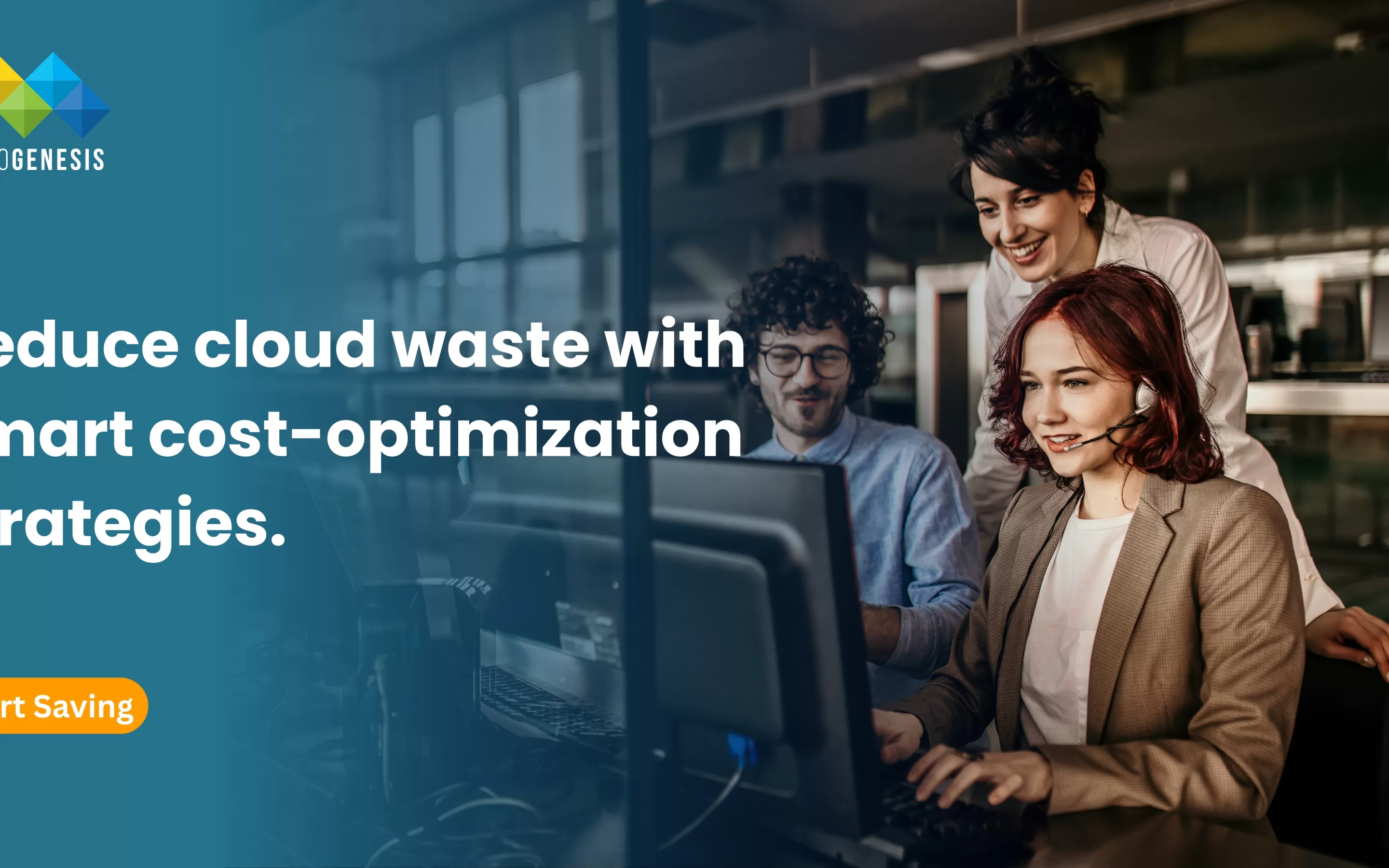Information Technology (IT) has evolved from a background utility into the central nervous system of modern business. Every process — from sales to logistics, from analytics to customer experience — depends on digital systems functioning efficiently and securely.
Yet as organizations grow, so does the complexity of managing technology. Multi-cloud environments, cybersecurity threats, and the need for constant innovation have transformed IT management from a technical function into a strategic discipline.
IT management today is about more than keeping servers running; it’s about driving innovation, enabling agility, ensuring security, and aligning technology with business outcomes.
This article provides a comprehensive view of what mastering IT management means in 2025 — including its principles, challenges, frameworks, and future trends.
1. What Is IT Management?
1.1 Definition
IT management encompasses the processes, tools, and policies used to oversee an organization’s technology infrastructure, software, data, and human resources. With the support of ITSM consulting services, businesses ensure their IT assets operate optimally, securely, and in alignment with corporate goals.
It includes:
- Managing servers, networks, databases, and applications.
- Implementing cybersecurity measures and compliance standards.
- Optimizing cloud usage and resource allocation.
- Supporting end-users and maintaining business continuity.
The ultimate goal is to maximize the value of technology investments while minimizing risk and downtime.
1.2 Evolution of IT Management
In the 1990s, IT management primarily revolved around hardware maintenance — keeping servers and desktops running. The rise of the internet, mobile computing, and cloud technology radically expanded this role.
Today, IT departments must:
- Support global, remote workforces.
- Integrate multiple cloud and on-prem systems.
- Defend against sophisticated cyberattacks.
- Enable innovation through AI, analytics, and automation.
As a result, the IT function has shifted from reactive problem-solving to strategic orchestration — aligning technology decisions with long-term business strategy.
2. Importance of IT Management in Modern Business
2.1 Enabling Business Continuity
Downtime can cost thousands — even millions — per hour. IT management ensures system uptime and resilience through monitoring, redundancy, and rapid recovery processes.
A robust continuity plan includes:
- Automated failover systems.
- Regular disaster-recovery drills.
- Backup verification and data replication.
- 24/7 monitoring and incident escalation.
By maintaining constant operational readiness, businesses protect productivity, revenue, and reputation.
2.2 Improving Efficiency and Productivity
Well-managed IT infrastructure streamlines workflows, reduces manual intervention, and accelerates project delivery. Automation in areas such as software deployment, patch management, and resource scaling frees teams from repetitive tasks.
Example: A mid-size manufacturing company implementing robotic process automation (RPA) in IT operations reduced ticket response times by 40% and redeployed staff toward innovation projects.
2.3 Reducing Costs
IT management emphasizes optimization over expansion. Instead of buying new hardware or licenses, teams analyze existing assets for underutilization. With ITSM consulting guiding this process, organizations gain the structure and insights needed to maximize asset value and reduce unnecessary spending.
Key cost-saving measures include:
- Virtualization and containerization to reduce hardware dependence.
- Implementing FinOps for cloud cost governance.
- Streamlining vendor contracts and license management.
This approach transforms IT from a cost center into a predictable, efficient business enabler.
2.4 Strengthening Security
As cybercrime becomes more sophisticated, organizations must embed security into every IT process. A single misconfiguration or unpatched system can expose sensitive data.
A comprehensive IT management strategy integrates:
- Firewalls, intrusion detection, and SIEM systems.
- Identity and access management (IAM).
- Continuous vulnerability scanning and endpoint protection.
When security is proactive — not reactive — risk exposure decreases dramatically.
2.5 Driving Innovation
IT management provides the foundation for innovation. By maintaining stable systems and freeing resources through automation, teams can focus on adopting emerging technologies such as AI, machine learning, and predictive analytics.
Innovation thrives in environments where systems are reliable, data is accessible, and experimentation is encouraged.
3. Core Pillars of Effective IT Management
3.1 Strategic Alignment
IT must operate as a partner to the business, not an isolated department. Strategic alignment means every technology initiative supports measurable business goals.
Implementation Tips:
- Conduct quarterly business-IT alignment reviews.
- Involve IT leaders in corporate planning.
- Translate business KPIs into IT metrics (e.g., uptime → revenue protection).
When technology priorities mirror business strategy, IT becomes an engine for innovation and competitive advantage.
3.2 Governance and Compliance
Governance defines who makes decisions, how processes are controlled, and how risks are mitigated. It also ensures compliance with global regulations.
Key elements:
- Policy Frameworks: Define rules for system access, change management, and procurement.
- Risk Assessment: Evaluate and document potential vulnerabilities.
- Compliance Alignment: Maintain standards such as GDPR, ISO 27001, and SOC 2.
Strong governance improves transparency, accountability, and trust — internally and with regulators.
3.3 Infrastructure and Operations
Infrastructure management is the backbone of IT. It ensures that hardware, virtualization layers, and networks perform reliably.
Best practices include:
- Using Infrastructure as Code (IaC) for consistent deployments.
- Implementing redundancy to avoid single points of failure.
- Regularly patching and monitoring all systems.
- Leveraging AIOps tools for predictive maintenance.
A well-structured infrastructure boosts speed, reliability, and scalability — the core ingredients of digital agility.
3.4 Cybersecurity Integration
Security cannot be an afterthought. Embedding it into every workflow ensures threats are managed at every stage.
Modern cybersecurity integration includes:
- Zero-Trust Policies: No user or device is trusted by default.
- Continuous Monitoring: Detect anomalies and insider threats in real time.
- Incident Response Plans: Define clear escalation paths and recovery procedures.
- Regular Audits: Ensure ongoing compliance with global standards.
Proactive security integration minimizes risk and safeguards digital trust.
3.5 Performance Measurement
Measurement turns IT management into a continuous improvement process.
Common KPIs include:
- System Uptime — percentage of operational time.
- MTTD / MTTR — how quickly incidents are detected and resolved.
- Security Incident Rate — frequency of detected threats.
- Cost per User or Device — resource utilization efficiency.
- User Satisfaction (CSAT/NPS) — feedback from end-users.
Regular reviews using analytics dashboards help refine strategy and highlight areas for optimization.
4. Key Challenges in IT Management
4.1 Rapid Technological Change
New technologies appear faster than organizations can adopt them. Without a roadmap, teams risk “tool fatigue.”
Solution: Create a technology adoption framework that prioritizes innovations with clear business value. Encourage experimentation through pilot programs.
4.2 Security Threats
From phishing attacks to ransomware, threats are constant and costly. According to IBM’s 2024 report, the average data breach costs over $4.5 million.
Solution: Implement multi-layered defense (Zero Trust, MFA, encryption) and automate threat detection with SIEM tools.
4.3 Hybrid and Multi-Cloud Complexity
Enterprises now run applications across public clouds, private clouds, and on-premises systems. Each platform introduces unique management challenges.
Solution: Deploy unified monitoring and orchestration tools. Define standard templates and security policies across environments.
4.4 Talent and Skill Shortages
Emerging domains like AIOps, DevSecOps, and edge computing require new skill sets. The global tech talent gap continues to widen.
Solution: Invest in professional training programs, certification courses, and partnerships with technology vendors. Consider co-managed models for specialized expertise.
4.5 Cost Management
Cloud sprawl and hidden software licenses can inflate costs rapidly.
Solution: Adopt FinOps — a financial management discipline that ensures accountability for cloud spending. Use automation to track, analyze, and optimize resource consumption.
5. Best Practices for Successful IT Management
5.1 Develop a Clear IT Strategy
Every IT initiative should have defined business objectives, timelines, and metrics. Strategic clarity avoids duplication and resource waste.
- Align with corporate goals annually.
- Conduct quarterly reviews to measure ROI.
- Communicate outcomes transparently to stakeholders.
5.2 Automate Wherever Possible
Automation reduces error and increases consistency. Examples include:
- Auto-scaling cloud resources during peak usage.
- Automating patch deployment.
- Using chatbots for help-desk support.
Automation frees human talent for innovation and analysis rather than routine maintenance.
5.3 Strengthen Communication
Cross-department collaboration ensures that IT solutions address real business needs. With ITSM services enabling structured processes, regular meetings, shared dashboards, and feedback loops, teams strengthen mutual understanding and deliver more effective outcomes.
5.4 Adopt Agile and DevOps Methodologies
Agile accelerates project delivery through iterative improvements. DevOps bridges development and operations, enhancing release frequency and quality.
Together, they create an environment of continuous delivery and rapid innovation.
5.5 Invest in Monitoring and Analytics
Monitoring provides insight; analytics provides foresight.
Adopt tools that visualize performance metrics, detect anomalies, and generate actionable insights.
AI-based observability platforms like Datadog, Splunk, or New Relic help teams predict failures before they occur.
6. IT Management Frameworks and Methodologies
6.1 ITIL (Information Technology Infrastructure Library)
The most widely recognized IT service management framework. ITIL defines processes for incident, problem, change, and asset management — all designed to align IT with business value.
Benefits:
- Streamlined workflows.
- Higher customer satisfaction.
- Continuous improvement culture.
6.2 COBIT (Control Objectives for Information and Related Technologies)
COBIT focuses on governance and risk management, ensuring IT aligns with strategic objectives and regulatory requirements. It’s especially useful for large enterprises operating in regulated industries.
6.3 ISO/IEC 20000
An international standard emphasizing service quality, consistency, and accountability. Certification demonstrates maturity and commitment to best practices.
6.4 DevOps Framework
DevOps integrates development and IT operations to improve speed, collaboration, and reliability. It uses automation pipelines for testing, integration, and deployment, ensuring faster innovation cycles.
Learn More: How IT Service Management Reduces Downtime and Saves Costs for Growing Businesses
7. Measuring IT Management Performance
Continuous improvement depends on tracking and reviewing measurable outcomes.
Key indicators include:
- System Uptime (%): Indicates infrastructure reliability.
- MTTD & MTTR: Evaluate responsiveness and recovery efficiency.
- Security Incident Rate: Measures how well defense mechanisms work.
- Cost per User/Device: Shows resource efficiency and scalability.
- User Satisfaction (CSAT/NPS): Reflects quality of IT support and user experience.
Data from these metrics should feed into analytics dashboards to identify trends. Regular quarterly reviews turn measurement into actionable improvement.
8. Future of IT Management
The future of IT management lies in autonomy, intelligence, and sustainability.
Key trends include:
- AIOps and Predictive Management: AI analyzes millions of logs to forecast failures.
- Zero-Trust Security Ecosystems: Continuous authentication protects against sophisticated breaches.
- Sustainable IT: Green computing and carbon-aware data centers reduce environmental impact.
- Self-Healing Systems: Automated remediation minimizes downtime without human intervention.
- Data-Driven Governance: Real-time dashboards link IT performance directly to business outcomes.
The coming years will see IT evolve from support to strategy — becoming a decisive factor in enterprise competitiveness.
Conclusion
Mastering IT management means mastering transformation. It’s about building a culture that values innovation, accountability, and continual improvement.
At MicroGenesis—a leading digital transformation company and ITSM service provider—organizations can combine governance, automation, cybersecurity, and analytics to turn their IT ecosystems into engines of growth.
In an era where digital resilience defines success, the right IT management approach becomes a strategic advantage.ccess, businesses that excel at IT management won’t just survive — they’ll lead.




